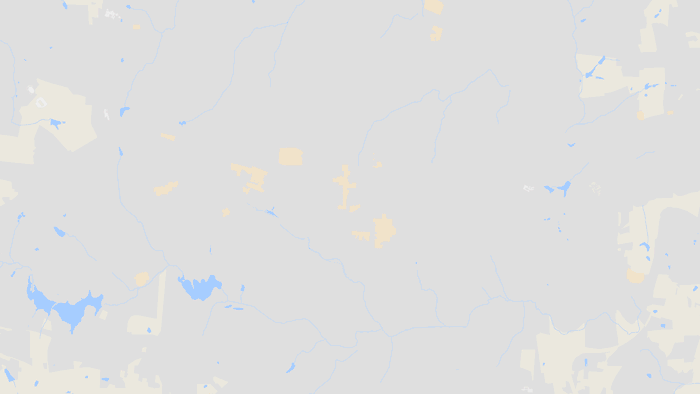As we mentioned in a recent post, adding a spatial dimension to your field data vastly increases the value of your efforts, whether you’re collecting information for the purpose of tracking sales or fighting malaria. And all geospatial data collection starts with a basemap.
In this post, we’ll explore the different types of basemaps and explain how choosing the right one can improve the quality of your data.
What are basemaps?
A basemap is exactly what it sounds like: It’s a background map that serves as the base for your data collection work, providing context and details about the user’s location.
They can be vector (illustrative) or raster (photographic), and can display all kinds of information, from elevation and terrain to streets and political boundaries. What you want your basemap to show will be determined by the type of data you’re collecting. (More on that in a bit.)
Depending on the imagery you want to view, you might start with a basic basemap of the terrain, and add more layers (such as landmarks, roads, and names) for a more thorough understanding of the environment you’ll be surveying, like this:

Fulcrum offers several “out-of-the-box” basemaps (Streets, Aerial/Satellite, Hybrid, and Terrain) on top of which you can overlay multiple layers (see below). There’s also a “No Basemap” option if you want to start with your own map. You can switch basemaps and turn layers off and on at any time.

Learn how to build offline maps from hi-res imagery and upload them into Fulcrum!
You can also download maps from hundreds of online resources (such as ASTER, Landsat, MODIS, or local government sites), or create your own map using software or drone imagery.
What kind of basemap layer should you use?
All kinds of people and organizations use geospatial data. The type of information being collected will dictate what kind of basemap you start with – whether it’s a road map or topographical map, for example.
Let’s look at a few specific instances.
Basemaps use cases
For property surveys, you need a basemap that displays streets and parcel lines. That way, you can locate the address of the property and determine the exact area you’re inspecting.
For political canvassing or census taking, you need to see not only streets, but political boundaries so you can stay within county or city limits.
For natural resource management, you might start with satellite imagery, and add layers showing elevation, waterways, or other relevant geographic features.
When choosing a location to build a new structure, you need a topographic map that shows variations in terrain. On the other hand, if you’re choosing an existing location to place a business – for example, a coffee shop – you’d want a map that shows nearby travel routes and neighborhoods.
For conducting damage assessments, you may want to start by mapping the area with a drone, and using that as your basemap so you have the most current geographic information possible. Google map data can be several years old, which won’t be much help if a storm or other natural disaster has just dramatically changed the landscape.
Now that you understand basemaps, check out our Guide to Field Data Collection to learn more about collecting geospatial data in the field!
Fulcrum is a data collection platform that enables businesses to reduce costs, access critical data in real time, and improve decision making at every level. With Fulcrum, you can create custom apps using our simple drag-and-drop builder, or turn your paper documents into digital forms that your field teams can quickly complete on mobile devices.




